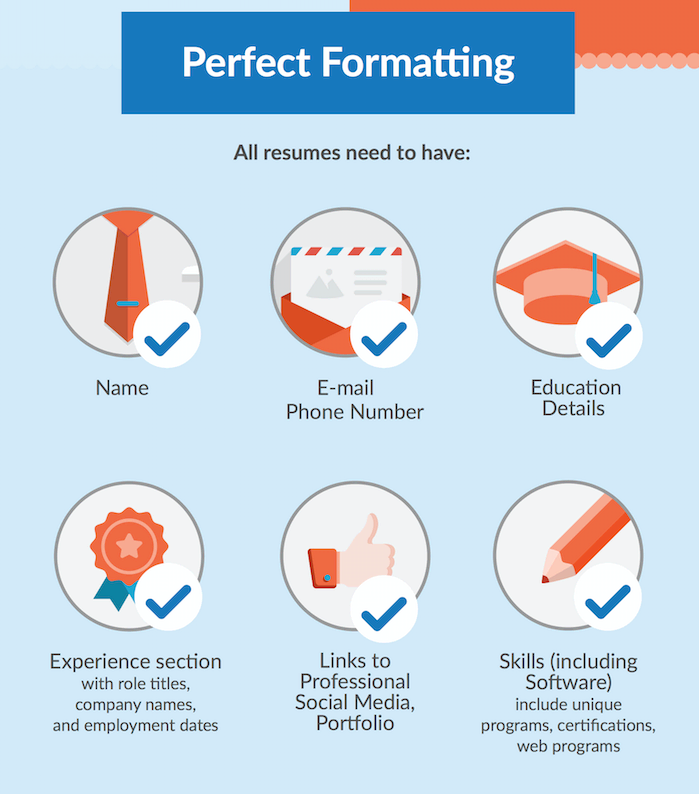You finally found a job that makes your heart skip a beat. You hit “apply,” upload your resume, and… radio silence. Cue existential dread. Was it the font? The formatting? Did an AI gatekeeper dump your beautifully crafted resume into the digital void?
In 2025, Applicant Tracking Systems (ATS) aren’t just tools—they’re the first checkpoint in an increasingly AI-powered hiring process. But let’s clear something up: ATS platforms aren’t your enemy. They're not the cold, soul-crushing resume shredders that LinkedIn panic-posts make them out to be.
Used correctly, they’re actually helpful. Without an ATS, recruiters are left manually reviewing (sometimes hundreds or thousands) unqualified candidates, leaving your qualified resume buried and unseen. When they work well, ATS platforms pull relevant information from your resume to help recruiters match you with roles aligned with your skills and experience. Yes, sometimes tech fails. But they’re not trying to trick you—they’re trying to FIND you.
Before you go adding white text to your resume or reformatting it into a lifeless keyword salad, read on. Here’s how to get through the ATS and into the inbox of a real human.
1. Add real, relevant keywords
You’ve heard it before—keywords matter. But let's be specific: don’t stuff your resume with every possible buzzword you can find, and definitely don’t copy and paste the entire job description into the footer of your resume in white text. Yes, people still try this. No, it won’t work. Most modern ATS platforms can detect this trick—and penalize you for it. Even if it did work, it's just going to land you in an interview you're not prepared for.
Instead, scan the job description for words that are repeated or emphasized. Look for hard skills, software names, and specific certifications. Are they asking for “Adobe Creative Suite” or “Figma”? “Digital marketing” or “performance marketing”? Use the exact phrasing they do—ATS platforms are literal. This is where you copy and paste pieces and then add your own statistics and KPIs from your work. Think of it like SEO for your career—the goal is to match the job's language so your resume surfaces in recruiter searches.
2. Be hyper-specific about your skills
Some basic software solutions can't tell the difference between an "MBA" and an "M.B.A." You need to be as specific as possible when you're crafting your resume. Match the spelling and terminology exactly as it appears in the job posting—ATS platforms don’t always recognize synonyms or variations. If they ask for "MS Excel," your resume needs to say "MS Excel"... not "Microsoft Excel."
3. Keep formatting simple and clean
Font changes, multiple colors, fancy layouts: it all may look jazzy to the human eye, but it's going to look like nonsense to most software systems. In general, you want to keep your resume as simple and as easy to read as possible. That means stick to one or two fonts, don't change font sizes, and don't mess with the font colors. Avoid tables, text boxes, and columns—these elements can break parsing and confuse the system. The simpler (and shorter!) your resume is, the better. Once you get your foot in the door, then you can show off a new, unique resume.
Not sure which format your resume should be in? Check out these tips from Resume Builder for choosing between a chronological format, functional format, or hybrid format.
4. Put the most important info at the top
In general, you should always put the most important content in your resume toward the top. There are two reasons for this. Some ATS platforms put more weight on skills that are placed toward the top, as these are considered to be the most important. Further, some ATS can "break" because of strange coding or unexpected input in your resume. By putting your most important information first, you increase the odds that it will be properly processed.
5. Don't forget the human
Once your resume gets through the ATS, a real person still needs to be impressed. So yes, optimize for software, but write for people. Tell a clear story. Highlight measurable impact. Show personality where appropriate. Find unique ways to reflect your unique value and highlight both hard and soft skills. The robot sorts—humans hire.
Need help striking the right balance? Don't worry, we got you.
TLDR? ATS ≠ Enemy
ATS platforms are meant to help recruiters find the right candidates faster. They’re not perfect, but they’re not plotting to destroy your career either. If your resume isn’t getting bites, it’s probably a matter of keyword alignment or formatting—not a secret AI vendetta.
So skip the resume myths and gimmicks. Keep it simple. Be specific. And always write with clarity.
Need help getting your resume seen and read? Artisan Talent matches top-tier creative professionals with companies who value their work. We might even have your next gig, ready and waiting.




